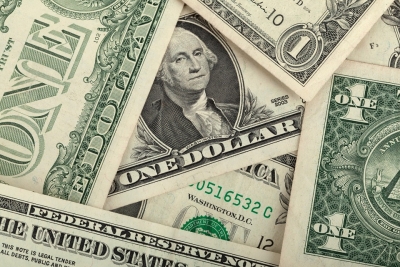India has entered an economic supercycle
By Sanjeev Sharma
New Delhi, Jan 5 : India has entered a period of economic supercycle driven by a decisive housing cycle turnaround, Jefferies said in a report.
The Indian relative situation also stands out among the emerging markets/Asia. Data from IMF suggests that India is likely to be the fastest growing Asian economy in 2022 in real terms, and the only Asian economy to grow in double digits in nominal terms.
The growth momentum for India is partly better as India has followed a relatively open economy approach towards Covid, unlike the ‘zero Covid’ approach adopted by China, the report said.
The marginal cooling off of global growth, helped by the potential China slowdown into 2022, creates an ideal environment for India, Jefferies said.
This has already resulted in global benchmark prices for crude (9 per cent), steel (26 per cent) and coking coal (47 per cent) declining from the recent peaks. India being the net importer of these commodities, the softer pricing trends help India’s imports and consequently the inflation and the pressure on INR.
This will likely make the domestic rate hike cycle also to be gradual — South Korea, Brazil and Russia are among countries that have already started hiking the rates. India has resisted raising the headline policy rates so far, although it is likely from 1HCY22.
Analysis of six key components of economic cycle suggests conditions are ripe for the start of a large cyclical upturn in India, Jefferies said in the report.
The Housing, NPL and corporate profitability cycles convincingly turned positive in 2021 and these cycles have proven to be 6-10 years long in the past.
Corporate leverage is at a cyclical low and leaves significant headroom for companies to take investment risks. The broader capex cycle has not turned yet, but it usually follows the housing cycle with a lag.
“Interest rates will likely move up but not be a worry in the initial stage of the cycle. We expect India to post a GDP growth of 7 per cent plus in FY23,” Jeffries said.
The housing cycle in India tends to be 6-8 years long and following a downturn from 2013, the same has convincingly turned in 2021. Inventories have declined to 8-year lows as launches are yet to catch-up with fast rising sales, which should trigger price rises and further the cycle.
The other important turn is bank’s balance sheets wherein Indian banking system Gross NPL has moved down from 12% in Mar’18 to 7% now and alongside a provisioning jump, the net NPLs are down 59 per cent. Consequently, banks’ ability to lend has moved up considerably.
Corporate profit growth was lacklustre over the FY11-FY20 period growing by a paltry 0.4 per cent CAGR. The tide has now turned with FY20-FY22 earnings growth of 51 per cent CAGR, though at 4 per cent of GDP, there is considerable headroom for profitability to expand, the report said.
The Indian housing market exited an ~8-year-long downturn in 2021 as volumes surged post COVID, likely triggered by record low home loan rates and a need for bigger houses. Data from Propequity shows housing sales in Top-7 cities crossed 400m sf for the first time since 2013. In 2022, we believe housing demand will stay strong, likely rising 10 per cent+ YoY.
The initial recovery was driven by pick-up in premium / luxury housing sales. However, as the Indian economic recovery deepens and non-salaried segment jobs come back, we believe affordable housing will also see stronger volumes, Jefferies said.




